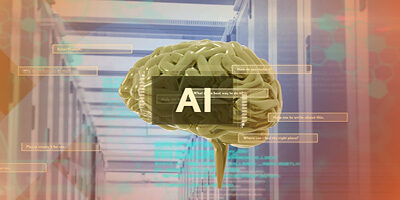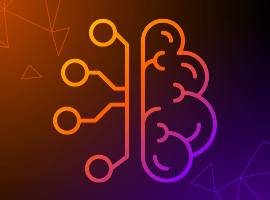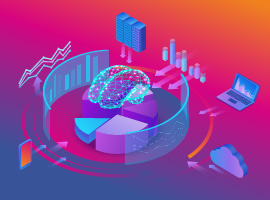Sep
26,
2024
Generative AI models like GPT-4 are transforming software development by enhancing productivity and decision-making.
This guide on prompt engineering helps developers and architects harness the power of large language models.
Learn essential techniques for crafting effective prompts, integrating AI into workflows, and improving performance with embeddings. Whether you're using ChatGPT,...
Jul
29,
2024
Thanks to artificial intelligence, there are no limits to your creativity. Programs like Vecentor or Mann-E, developed by Muhammadreza Haghiri, make it easy to create images, vector graphics, and illustrations using AI. In this article, explore how machine learning and generative models like GPT-4 are transforming art, from AI-generated paintings...
Apr
17,
2024
The intersection of philosophy and artificial intelligence may seem obvious, but there are many different levels to be considered. We talked to Katleen Gabriels, Assistant Professor in Ethics and Philosophy of Technology and author of the 2020 book “Conscientious AI: Machines Learning Morals”. We asked her about the intersection of...
Feb
19,
2024
Embedding vectors (or embeddings) play a central role in the challenges of processing and interpretation of unstructured data such as text, images, or audio files. Embeddings take unstructured data and convert it to structured, no matter how complex, so they can be easily processed by software. OpenAI offers such embeddings,...
Feb
2,
2024
Discover the power of address matching in real estate data management with this comprehensive guide. Learn how to leverage natural language processing (NLP) techniques using Python, including open-source libraries like SpaCy and fuzzywuzzy, to parse, clean, and match addresses. From breaking down data silos to geocoding and point-in-polygon searches, this...
Oct
12,
2021
<div style="text-align: justify;">What is data annotation? And how is data annotation applied in ML? In this article, we are delving deep to answer these key questions. Data annotation is valuable to ML and has contributed immensely to some of the cutting-edge technologies we enjoy today. Data annotators, or the invisible...
Sep
14,
2021
<div style="text-align: justify;">In this article, we would like to show how neural networks, specifically the multilayer perceptron of two Java frameworks, can be used to detect blood cells in images.</div>
Jul
20,
2021
<div style="text-align: justify;">So you’ve decided to attend ML Conference but you don’t know how to break it to your boss that it is a win-win situation? Don’t worry, we’ve got you covered. Follow 4 simple steps and use these 5 arguments to show why your organization needs to invest in...
Jun
9,
2021
<div style="text-align: justify;">We humans are usually good at spotting anomalies: often a quick glance at monitoring charts is enough to spot (or, in the best case, predict) a performance problem. A curve rises unnaturally fast, a value falls below a desired minimum or there are fluctuations that cannot be explained...
<div style="text-align: justify;">Training a machine learning model is getting easier. But building and training the model is also the easy part. The real challenge is getting a machine learning system into production and running it reliably. In the field of software development, we have gained a significant insight in this...
Join ML Conference and stay tuned!









